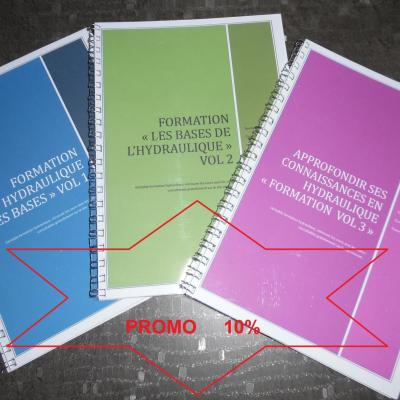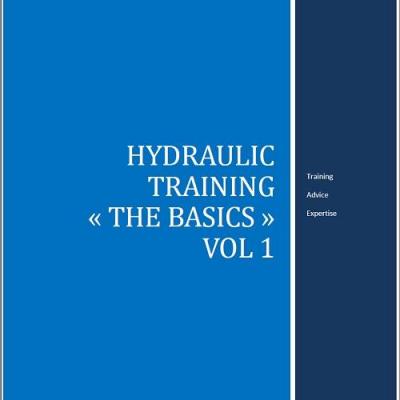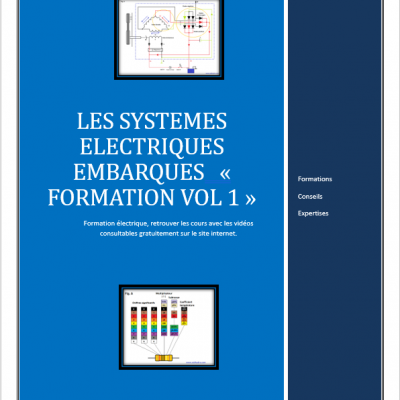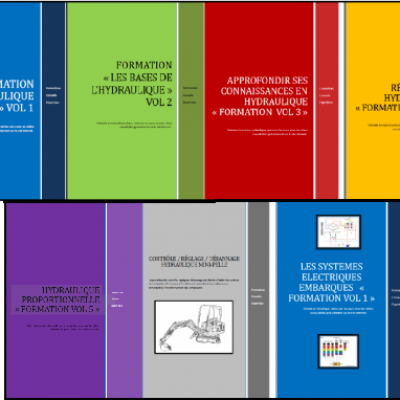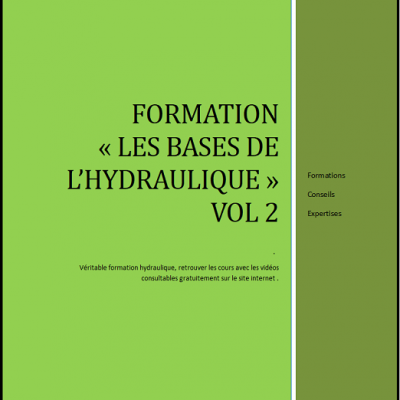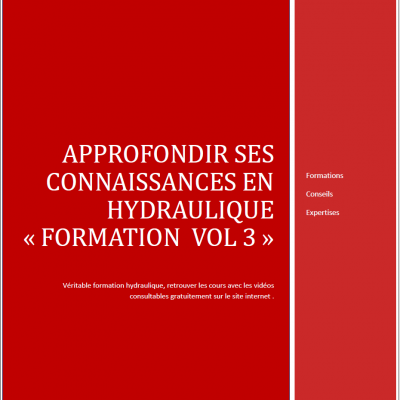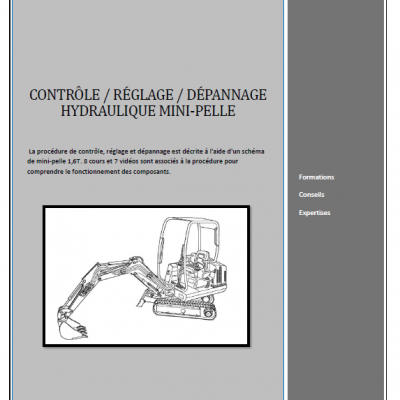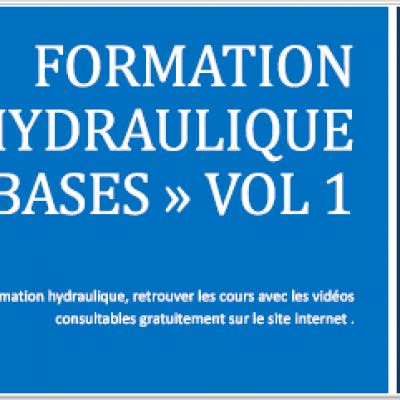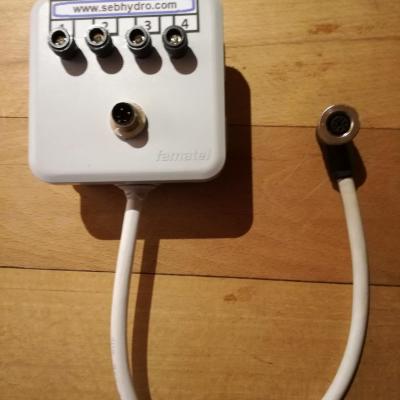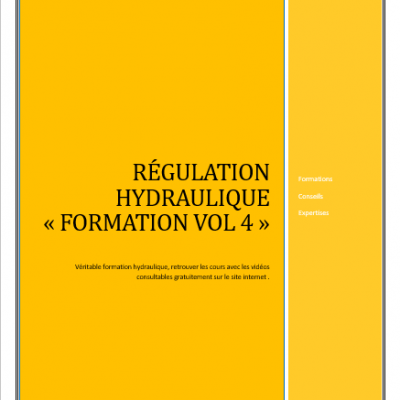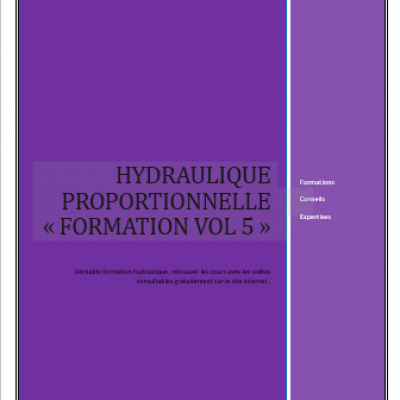2- Load Sensing pump adjustment (LS).
The settings in the diagram are as follows:
Pressure relief valve (LP): 280 bars.
Constant pressure valve (Item 15): 250 bars.
LS valve (Rep 19): 25 bars.
The pressure relief valve (LP) installed on the manifold inlet plate protects the pump. It remove pressure peaks.
The constant pressure valve (Item 15) adjustable by the screw (Item 17) cancels the displacement of the pump at the maximum pressure of the circuit. (Cylinder in mechanical stop for example).
The LS valve (Item 19) adjustable by the screw (Item 21) ensures a stand-by pressure which allows "to start the pump in displacement".
- 1: Read the hydraulic diagram and install a pressure gauge (0-400 bars) between the pump and the directional valve.
- 2: Completely loosen the pressure relief valve (LP).
- 3: Completely loosen the LS valve (Item 21) and constant pressure valve (Item 17) settings. (Be careful, there is often no stop on the adjustment screws).
- 4: Start the pump.
- 5: Gradually tighten the LS valve (Item 21) and the constant pressure valve (Item 17). The pump is transformed into a fixed displacement pump. The pump starts in displacement, all of its flow returns to the tank via the pressure relief valve (LP) at a low pressure observed in M1.
- 6: Gradually tighten the pressure limiter (LP), the pressure must gradually rise on the M1 pressure gauge until it reaches 280 bars. The pressure relief valve is set.
- 7: Loosen the LS valve until reaching 25 bars on the M1 pressure gauge, the pump cancels its displacement and don't give flow. Change the pressure gauge by taking a smaller caliber (0-60 bars to adjust the stand-by pressure to 25 bars). The LS valve is adjusted. Replace the 0-400 bar pressure gauge.
- 8: Activate the directional valve (D1), wait for the cylinder (V1) to reach the mechanical stop.
- 9: When the cylinder reaches the mechanical stop, gradually loosen the constant pressure valve (Item 17) until reaching 250 bars read on the M1 manometer. The constant pressure valve is set.

